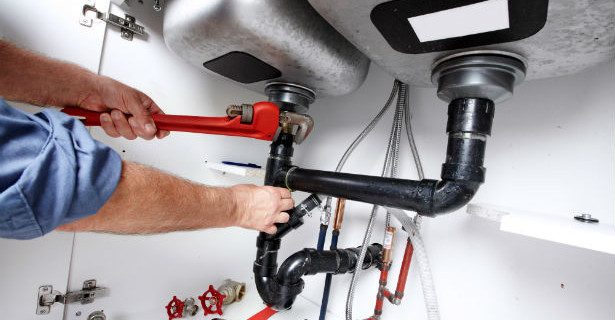Frozen Pipes
Last winter, Hamilton experienced record setting cold temperatures. Environment Canada data going back to 1960 shows that the 2013-2014 winter was the coldest on record. During that time Hamilton Water had over 1800 service requests from residents who reported frozen water service lines, watermain breaks and leaks. Those homeowners with frozen water lines were without running water for extended periods of time while their service was frozen.
What can you do to help prevent frozen pipes?
Look for cold drafts
Check around you home for areas where water supply lines are in unheated areas and take measures to prevent the flow of cold air in these areas. Common locations include; basements, crawl spaces, attics, garages, cold cellars, storage rooms and under kitchen and bathroom cabinets. Remember to repair broken windows, check doors and insulate areas that allow cold exterior air to enter your home.
Insulate pipes
Consider installing specific products made to insulate water pipes like a pipe sleeve or installing UL-listed heat tape, heat cable or similar materials on exposed pipes. If you have plumbing in your garage, ensure that it is also properly insulated as it is often overlooked. For dry enclosed spaces, you may want to consider a heated reflector lamp to warm the water pipes in areas that are unheated like cold cellars as they are more susceptible to freezing.
Be prepared when traveling
If you will be going away during cold weather, leave the heat on in your home and set it to a temperature no lower than 15 degrees Celsius. Keep the thermostat set to the same temperature both during the day and at night. By temporarily suspending the use of lower nighttime temperatures, you may incur a higher heating bill but you can prevent a much more costly repair job if pipes freeze and burst.
Source: Hamilton water Newsletter


